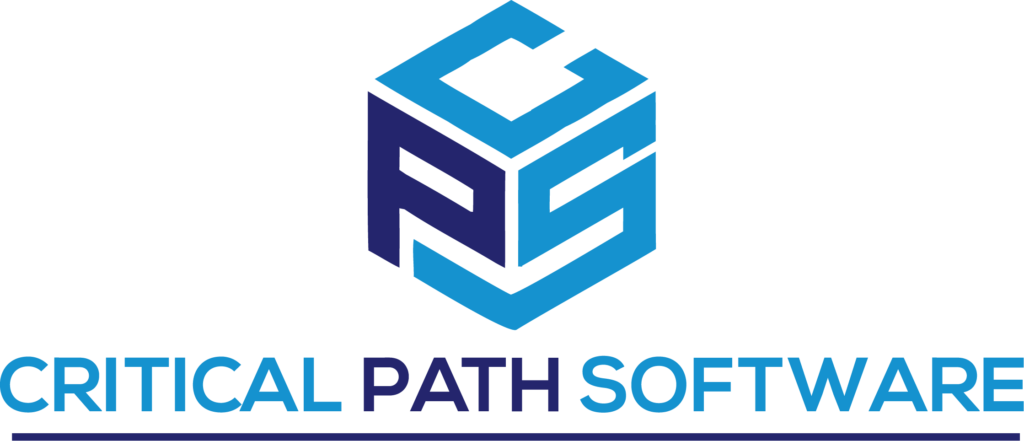Optimizing VSAM File Parameters to Address Latency
In a mainframe environment, latency can be a persistent issue that can impact overall system performance. Latency refers to the delay experienced by users when requesting data or executing commands. It can result in sluggish response times and long wait periods, leading to frustration among users. One of the ways to address latency is by optimizing VSAM file parameters.
VSAM (Virtual Storage Access Method) is a high-performance access method used to organize and manage data on a mainframe. It provides efficient data access and management capabilities for large volumes of data. However, if not configured correctly, VSAM files can lead to latency issues. Optimizing VSAM file parameters can significantly improve system performance, reduce wait times, and enhance user experience.
The first step in optimizing VSAM file parameters is to understand the different types of VSAM files and their usage. There are three main types of VSAM files – KSDS, ESDS, and RRDS. Each type has its own characteristics and usage patterns. For instance, KSDS (Key-sequenced Data Set) files are used for direct access to records based on a key field. ESDS (Entry-sequenced Data Set) files are used for sequential access, while RRDS (Relative Record Data Set) files are used for direct access based on relative record numbers.
Once the VSAM file type is identified, the next step is to determine the optimal buffer and block sizes for each file. Buffer size refers to the amount of memory allocated to hold a portion of the file being processed by the system. Block size refers to the size of each I/O operation performed on the file. Both buffer and block sizes are critical components in optimizing VSAM files for performance.
Another important consideration is to ensure that the VSAM file is physically stored in a way that maximizes access speed. This can be achieved by using storage volume with high-speed disk access, configuring disk allocation based on data usage patterns, and minimizing disk fragmentation.
Critical Path Software is a leading expert in Mainframe file optimization and Db2 optimization. Their suite of tools provides automatic analysis of VSAM files and recommends optimal parameter settings to improve performance, reduce latency, and enhance user experience. By optimizing VSAM file parameters, Critical Path Software has helped organizations achieve significant improvements in system performance and user satisfaction.
Optimizing VSAM file parameters is a critical approach to address latency issues on the mainframe. By understanding the characteristics and usage patterns of each VSAM file type, determining optimal buffer and block sizes, and ensuring optimal physical storage, organizations can achieve impressive improvements in system performance and user experience. With the help of experts like Critical Path Software, organizations can optimize their VSAM files with minimal effort and maximum results.


